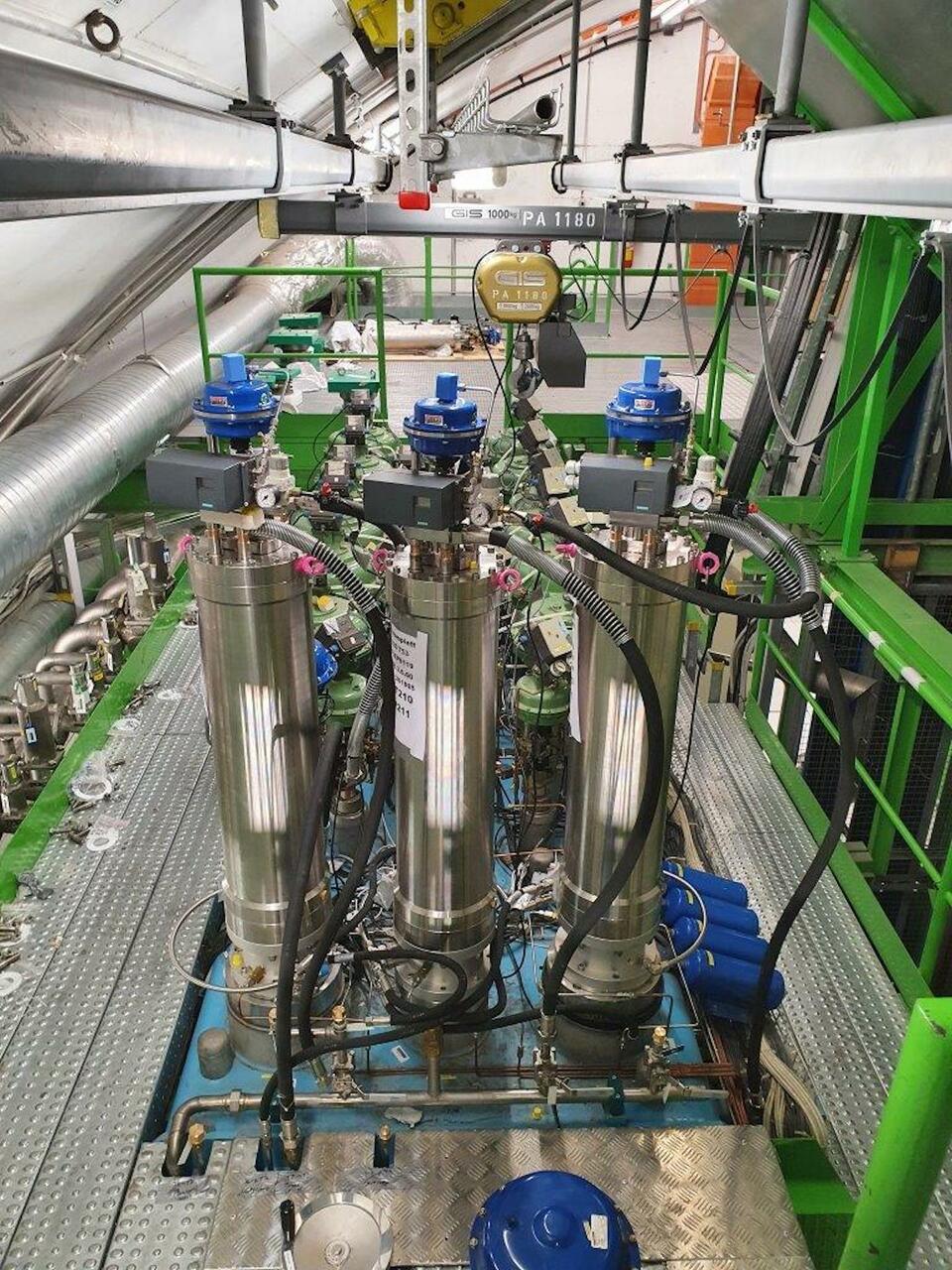LHC season 3: cryogenic cooling system upgrade
The particle accelerator returned to service in 2022 after numerous improvements, including an increase in cryogenic cooling power at point 4.
CERN’s Large Hadron Collider (LHC) is the world’s largest and most powerful particle accelerator. It was commissioned on 10 September 2008, its first run was from 2010 to 2013, its second run was from 2015 to 2018 and its third run will begin in 2022. Many improvements were made during the last shutdown period, including an increase in the power of the cooling system.
22 superconducting magnets replaced
During the last shutdown period, 19 dipole magnets and 3 quadrupole magnets were replaced and the cryogenic assemblies for the High-Luminosity LHC (HL-LHC) project were installed along with additional instrumentation to study the heat loads caused by the beam. The High Luminosity Large Hadron Collider (HL-LHC) is an upgrade of the LHC, which aims to achieve instantaneous luminosities a factor of five largerfive times higher than the LHC nominal value, thereby expanding the data sample of the experiments compared with the LHC baseline programme. The HL-LHC should be operational from by the beginning of 2029.
Increased cryogenic power at LHC Point 4
According to CERN, the LHC is one of the coldest places on Earth. The 1.9 K (-271.3°C) operating temperature of its main magnets is even lower than the 2.7 K (-270.5°C) of outer space. To get the LHC to this temperature, 120 tonnes of liquid helium flow around a closed circuit in the veins of the accelerator. The LHC cooling system is made up of cryogenic islands with eight helium refrigerators in total. Each even-numbered point in the accelerator (Points 2, 4, 6 and 8) has two refrigerators.
The Point 4 refrigerators are crucial for the HL-LHC because, as well as cooling Sectors 3–4 and 4–5, they must also cool the sections where the radiofrequency cavities are installed, which require a considerable amount of cooling. The refrigerator is composed of two cold boxes, one on the surface and the other downstream in the tunnel, which cool the helium from room temperature to 20 K (-253.15°C) and from 20 K to 4.5 K respectively – and a unit located in a cavern generating superfluid helium at 1.9 K.
Upgrades to the LEP refrigerator at Point 4 have increased its cooling power from 16kW to 18 kW, at 4.5 K. To achieve this important extra 2 kW, the four turbines and heat exchangers in each of the cold boxes at Point 4 have been replaced with higher-performing equivalents.

The turbines are mounted on an interface that was specially developed to allow them to be installed from outside the cold box. (Image: CERN) [2]
Sources
[1] LHC upgrades during LS2. https://home.cern/press/2022/lhc-upgrades-during-ls2
[2] LS2 Report: increased cryogenic power at LHC Point 4. https://home.cern/news/news/accelerators/ls2-report-increased-cryogenic-power-lhc-point-4
[3] High Luminosity LHC Project. https://hilumilhc.web.cern.ch/
(image source LHC tunnel: https://cds.cern.ch/images/CERN-PHOTO-202109-138-6)
